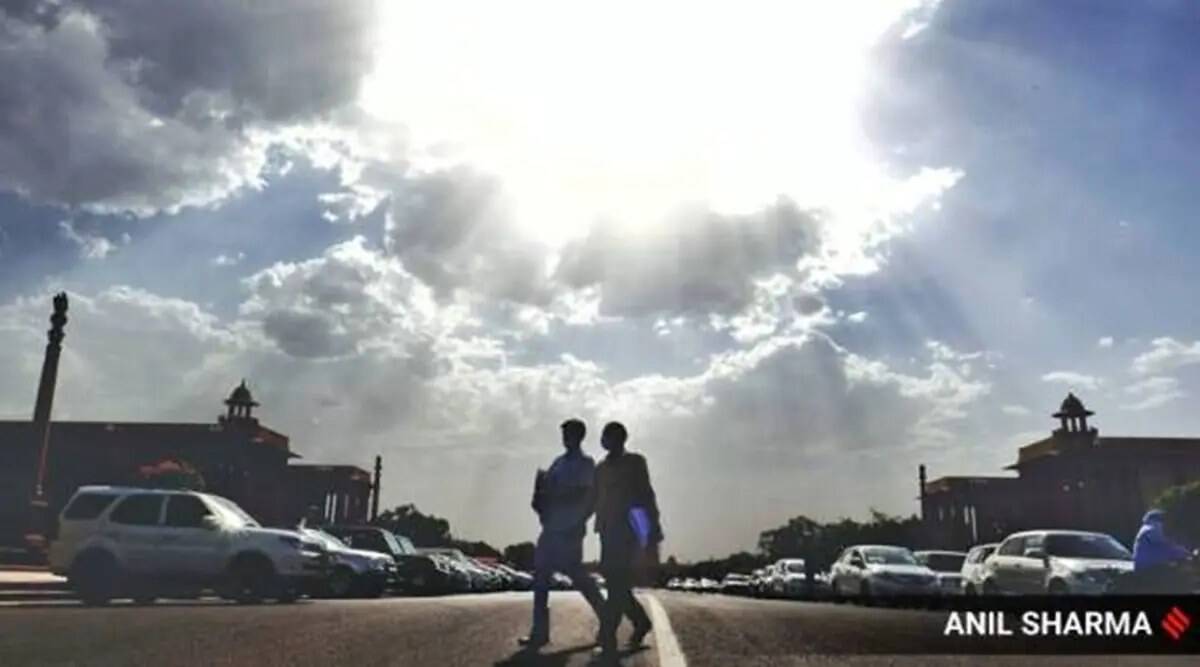 The report said that by the 2050s, over 1.6 billion people living in over 970 cities will be regularly exposed to three-month average temperatures reaching at least 35 degrees Celsius. (file)
The report said that by the 2050s, over 1.6 billion people living in over 970 cities will be regularly exposed to three-month average temperatures reaching at least 35 degrees Celsius. (file)Record-breaking heat between March and May this year, with one weather station in Delhi recording a temperature of 49.2 degrees Celsius, increased the vulnerability of half of Delhi’s population which lives in low-income, informal settlements, a report by the World Meteorological Organisation (WMO) said.
The report titled ‘United in Science’, released on Tuesday, also cited a recent attribution study which said that climate change made this prolonged hot weather in Delhi 30 times more likely and that the same event would have been about 1 degree Celsius cooler in a pre-industrial climate.
Delhi saw five heat waves during the said period. The report said that by the 2050s, over 1.6 billion people living in over 970 cities will be regularly exposed to three-month average temperatures reaching at least 35 degrees Celsius.
According to the WMO, which is a specialised agency of the United Nations, the number of weather-related disasters has increased by a factor of five over the past 50 years, claiming on average the lives of 115 people and causing USD 202 million in losses daily. The report showed greenhouse gas concentrations continue to rise to record highs. Fossil fuel emission rates are now above pre-pandemic levels after a temporary drop due to lockdowns.
The ambition of emissions reduction pledges for 2030 needs to be seven times higher to be in line with the 1.5 degree Celsius goal of the Paris Agreement, it said, adding that the past seven years were the warmest on record.
(With inputs from PTI)